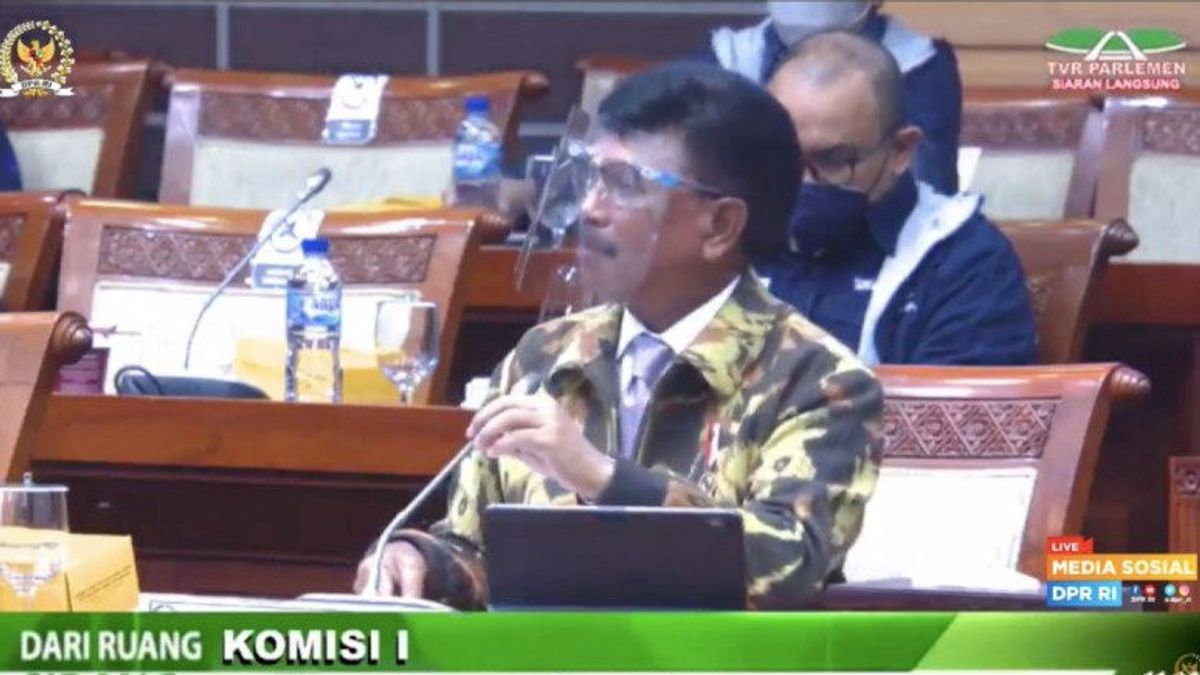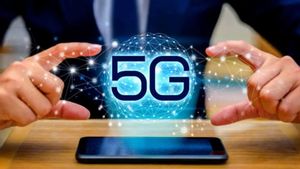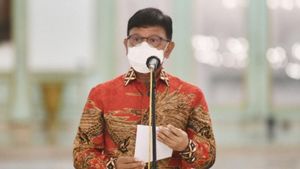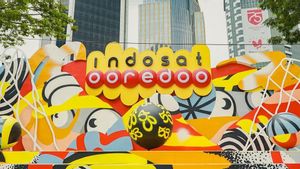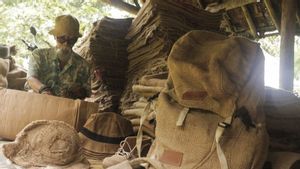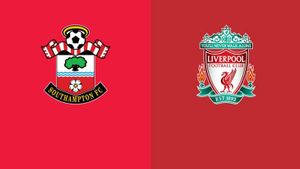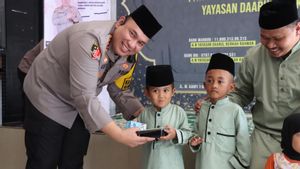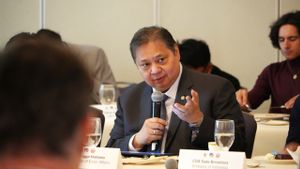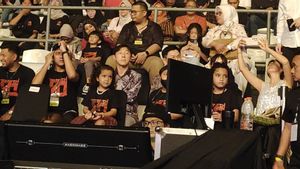JAKARTA - Commission I of the House of Representatives asked for an explanation from the Ministry of Communication and Information Technology (Kemenkominfo) regarding the governance of 5G networks in Indonesia. Given that there are already 153 cellular operators in 52 countries that have commercially adopted 5G services.
The Minister of Communication and Information, Johnny G. Plate, was outspoken in explaining the allocation of the 5G frequency spectrum in Indonesia. Johnny said that until now the fifth generation of cellular technology has been tested 12 times.
"In the 2017-2020 period, the Ministry of Communications and Information Technology together with five cellular operators have successfully carried out 12 5G trials, including during the 2018 Asian Games", said Johnny in a joint working meeting with Commission I of the House of Representatives, Wednesday, April 7.
In the 5G trial, Kominfo conducted tests with five cellular operators, namely Hutchison 3 Indonesia, Indosat Ooredoo, Smartfren, Telkomsel, and XL Axiata.
Although he did not specify when 5G would arrive in Indonesia, Johnny explained three layers of the radio frequency spectrum that could be utilized. "To ensure optimal 5G deployment, Indonesia needs radio frequency spectrum allocation in three layers".
In the low-band, the government will prepare a frequency spectrum below 1 GHz, which has a relatively long-range and permeability to buildings. For the middle or middle-band level, there will be a frequency allocation in the range of 1 to 6 GHz whose service coverage is adequate for user mobility.
Meanwhile, for high-band, or often referred to as the super data layer and millimeter-wave band, Indonesia requires frequencies above 6GHz, which is capable of producing a very large transmission capacity because it has a wide bandwidth.
"Of several cellular operators, some of them already have relevant frequencies according to 5G needs. They have the potential to later develop 5G, not all operators, but only operators who win or get licenses for certain frequencies", he explained.
SEE ALSO:
Although he has not announced exactly how much frequency spectrum will be used, Johnny explained that the configuration and deployment of 5G are very different compared to 4G, as well as 3G and 2G, among other things, that the distribution cannot be as wide as 4G because it is very dependent on the ecosystem.
The need for 5G for its applications is different, for example, 5G for robotics requires millimeter-wave frequencies, while for communications it will use low-band frequencies.
Deploying the 5G network, Johnny explained, cannot be done immediately, however, it needs to be prepared in advance. The 5G development plan in Indonesia is currently at a very early stage.
The English, Chinese, Japanese, Arabic, and French versions are automatically generated by the AI. So there may still be inaccuracies in translating, please always see Indonesian as our main language. (system supported by DigitalSiber.id)
